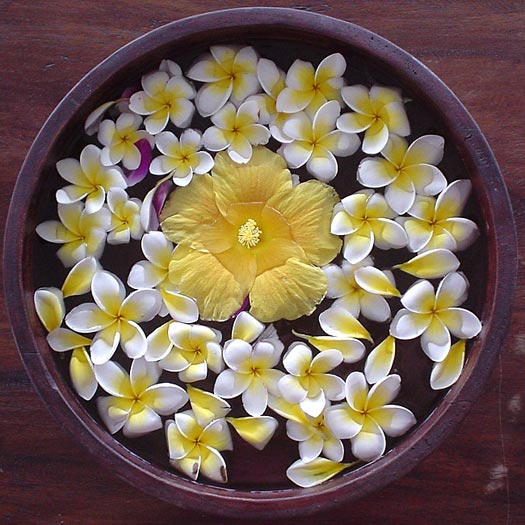 |
| image compliments of http://blog.sevenponds.com |
I practice yoga every day (unless I'm sick, or family is in crisis). I have three regular practices that I return to and swap out. I begin every practice with awareness of my breath, and end in some kind of resting position, where there is no focused attention. One of my go-to practices is designed to help me sit in meditation, one of my go-to practices is designed to lift me when I'm down, and includes chanting, and the final go-to practice is a stronger, physical, asana-based sequence that includes inversions and really helps my bells palsy.
There is another yoga ritual, which is practicing Bikram at the (hot) studio. However, I'm leaving that out of this discussion and sticking with the personal daily practice.
When I unroll my mat, many special things take place. I connect with the breath, and that allows me to shine the light of attention inward. As you might swivel a stage light, I switch from outward focus and instead check in with myself. I ask myself how I'm doing by examining the quality of my breath, the tension level in my body, and the quality of my mind. Often, I'm racing (vata imbalance). This shows up as constricted breath below the ribcage, tension in the left side of my body, and a harried mind slamming with "should's" and "should-nexts." But, as the mat smacks the floor (audio and visual cue) I know a break is here.
As I practice, I'm completely in body-sense mode, and am guided 100% by my own breath. What a wonderful break from all the should's!!! The external world overstimulates me very easily, and so cutting the stimulation and moving gently in concert with my body's needs (expressed through the quality of the breath) cuts through the speedy, overstimulating world of emails, 24-hour news cycles, even family commitments that cause me to rush towards completion of the next task.
Having the ability to unroll my mat means that I've created enough space for myself to practice the art of self-care. This has had a huge impact on my psychological health, and, I would say, my social health in terms of improving the quality of my relationships. Psychologically, I have often in my life been taken into overdrive by my racing mind, and it has had very negative effects on my mental health. Having a break, and knowing that there IS a way to take a break when I need it have given me a sense of personal safety. My inner critic is incredibly strong and its words are tremendously painful to me. Having a personal daily practice is an island, an oasis, a cabin in the woods to go to for retreat. I have often thought of (and heard others speak of) the island of blue that is my rectangular yoga mat. It means I can let go into myself and connect with something bigger, something greater than myself, and experience the mystery of this life.
Socially, I'm a giver. I give till I bleed, which is not good for ANYBODY! I naturally anticipate the needs of others, and have a hard time "hearing" myself in a social setting. I'm naturally empathizing with others I am in contact with. While, for many, the ritual of going to church is a very social one, for me, taking the time to be anti-social recharges my ability to serve others without resentment. I'm probably different from most on this count.
The meaning of this ritual is that I'm just as important and just as worthy as others. The way I care for others is quite lopsided. I am a naturally caring person. However, I got a lot of messages when I was little that I wasn't good enough (ever, even when getting A's and winning swim meets). I have a pattern in relationships of needing to prove myself, or to gain the approval of others. Coming from a place of learned deficiency, I've had a very hard time considering my feelings and intuition to be valid sources of information.
It's taken a lot of time to unravel all of this, and a lot of supportive people around me to let me know that it's safe to do that work. I retreat into my daily practice, into my body, into the given in order to explore what comes up, and what my intuition says. When i'm in this "being" state (as opposed to constantly striving and doing) I have a deep connection with that which is greater than I am - however you choose to name it - and I can find gratitude and appreciate mystery without fear.













.jpg/300px-NGC_4414_(NASA-med).jpg)


